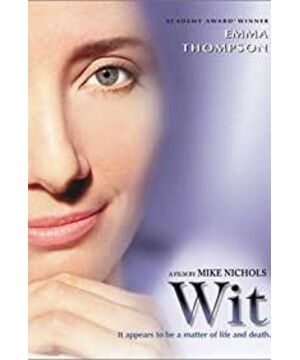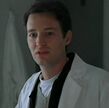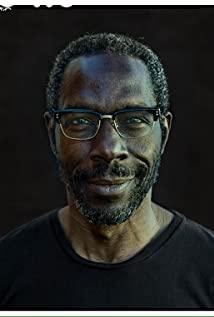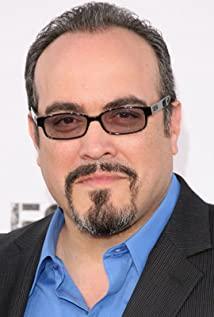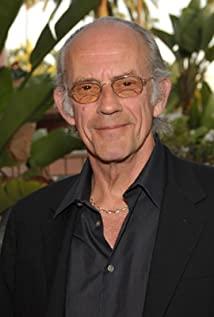Wit evaluation action
-
Elenora 2022-03-20 09:02:42
Emma Thompson’s moving performance makes people bravely face pain and calmly accept death~
-
Norbert 2022-03-27 09:01:20
Emma Thompson's acting skills don't need to be questioned! "Death, don't be arrogant, although some people think that you are omnipotent and terrifying. But things are really not what you think. Those who you thought were knocked down by you actually didn't die. Poor god of death, you can't kill me either. After a short sleep, we will wake up forever, and death is no more; death, then you will die." - John Down
-
Jason Posner: What do you do for exercise?
Vivian Bearing: I pace.
-
Vivian Bearing: This is my play's last scene Here... Heavens appoint my pilgrimage's last mile And my race Idly, yet quickly run Hath this last pace My span's last inch My minute's last point And gluttonous death Will instantly unjoint my body and soul" John Donne... I've always particularly liked that poem. In the abstract. Now I find the image of my minute's last point, a little too, shall we say... pointed. I don't mean to complain but I am becoming very sick. Very sick. Ultimately sick, as it were. In everything I have done, I have been steadfast. Resolute. Some would say in the extreme. Now, as you can see, I am distinguishing myself in illness. I have survived eight treatments of Hexamethophosphacil and Vinplatin at the full dose, ladies and gentlemen. I have broken the record. I have become something of a celebrity. Kelekian and Jason are simply delighted. I think, they see celebrity status for themselves upon the appearance of the journal article, they will no doubt write about me. But I flatter myself. The article will not be about me, it will be about my ovaries. It will, be about my peritoneal cavity. Which, despite their best intentions, is now crawling with cancer. What we have come to think of as me is, in fact, just the specimen jar. Just the dust jacket. Just the white piece of paper... that bears the little black marks... My next line is supposed to be something like this: "It is such a relief to get back to my room after those infernal tests." This is hardly true. It would be a relief to be a cheerleader on her way to Daytona Beach for spring break. To get back to my room after those infernal tests is just the next thing that happens.


